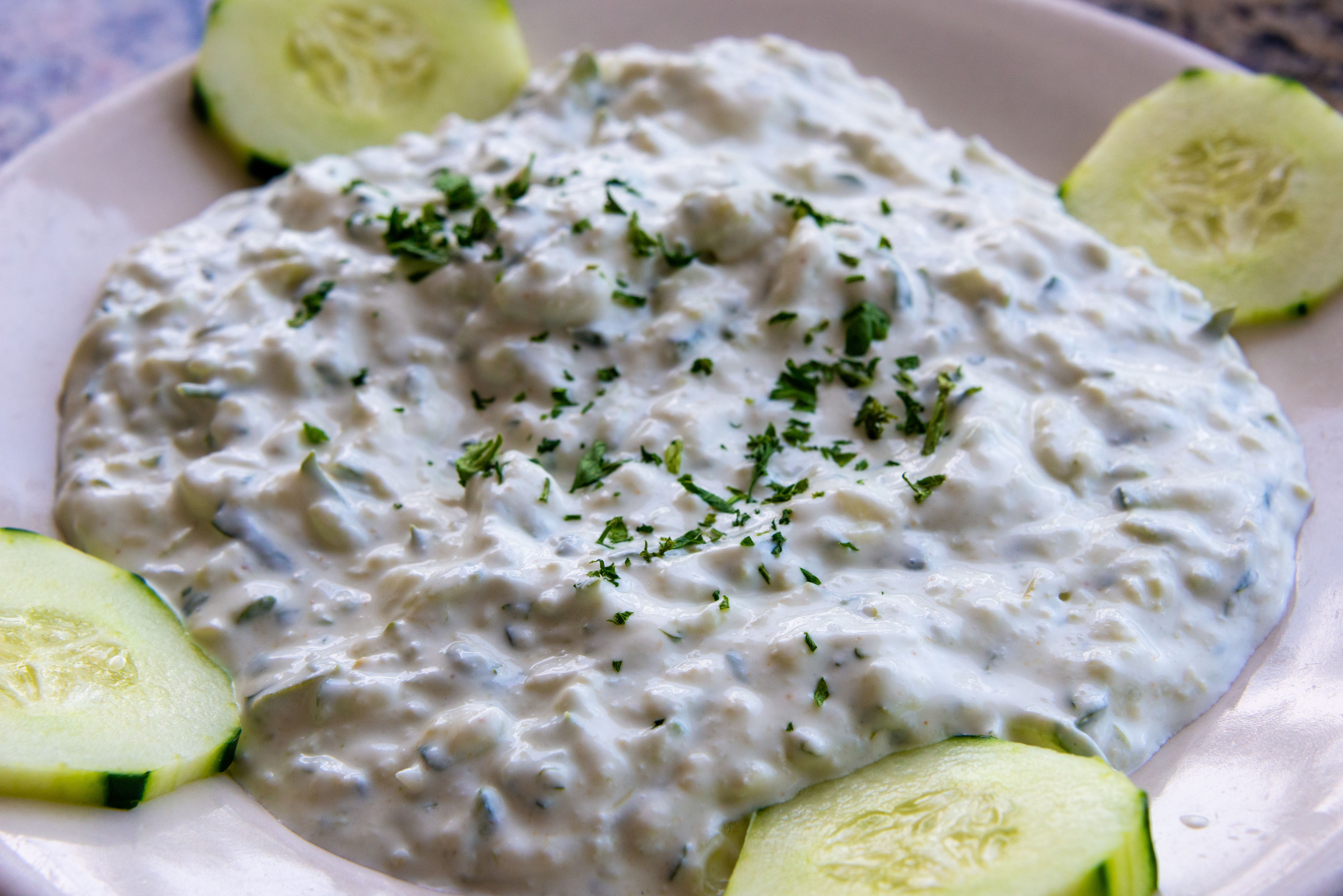A Beginner's Guide to Greek Cuisine
Introduction to Greek Cuisine
Greek cuisine is a delightful blend of flavors, textures, and aromas that has been refined over thousands of years. Known for its use of fresh ingredients, aromatic herbs, and olive oil, Greek food is both healthy and delicious. Whether you're planning to visit Greece or simply want to bring a taste of the Mediterranean into your home, understanding the basics of Greek cuisine is a great place to start.
Essential Ingredients
The foundation of Greek cooking lies in its simplicity and the quality of its ingredients. Some staples you’ll often find in Greek recipes include olive oil, lemons, garlic, and oregano. Olive oil is used generously and is considered a key component of many dishes. Fresh vegetables such as tomatoes, cucumbers, and eggplants also play a significant role in Greek cooking.
Cheeses like feta and halloumi are commonly used to add depth and richness to dishes. Seafood such as fish, octopus, and squid are popular due to Greece’s extensive coastline. Meat, especially lamb and chicken, is often marinated with herbs and grilled or roasted.

Classic Greek Dishes
When exploring Greek cuisine, there are a few classic dishes that you simply must try. Moussaka is a hearty dish made with layers of eggplant, minced meat, and béchamel sauce. Souvlaki, skewered and grilled meat, is a popular street food often served with pita bread and tzatziki sauce.
Another beloved dish is spanakopita, a savory pie made with spinach, feta cheese, and phyllo pastry. For seafood lovers, try grilled octopus or calamari. These dishes highlight the freshness and simplicity that are hallmarks of Greek cooking.

Bread and Pastries
Bread holds a special place in Greek cuisine and is often served with every meal. Pita bread is versatile and can be used to wrap meats or dip into sauces. Another traditional bread is horiatiko psomi, a country-style bread that pairs well with cheeses and olives.
Greek pastries are a treat for those with a sweet tooth. Baklava, made with layers of phyllo dough, nuts, and honey syrup, is perhaps the most famous. Galaktoboureko, a custard-filled pastry, offers a creamy contrast to baklava’s nutty sweetness.
Dips and Sauces
No Greek meal is complete without a selection of dips and sauces. Tzatziki, made from yogurt, cucumber, garlic, and dill, is refreshing and pairs well with grilled meats. Hummus, although not exclusively Greek, is often found in Greek cuisine as a popular dip for bread or vegetables.

Melitzanosalata, an eggplant-based dip, provides a smoky flavor that complements many dishes. These dips not only enhance the flavors of the main dishes but also allow for creativity in presentation and pairing.
The Greek Dining Experience
The social aspect of dining is an integral part of Greek culture. Meals are often enjoyed with family and friends, where sharing dishes is common practice. It’s customary to have multiple small dishes called meze, which include a variety of appetizers that allow diners to experience many flavors in one sitting.
Accompany your meal with ouzo, an anise-flavored aperitif that is traditionally served with meze. Alternatively, try Greek wines such as Assyrtiko or Moschofilero to complement your dishes.
Conclusion
Greek cuisine offers a culinary journey through history and culture. By understanding its essential ingredients, classic dishes, bread, pastries, dips, and sauces, you can bring the vibrant flavors of Greece into your own kitchen. Whether you're cooking at home or dining out, embrace the communal spirit of Greek meals, where food is meant to be shared and savored.